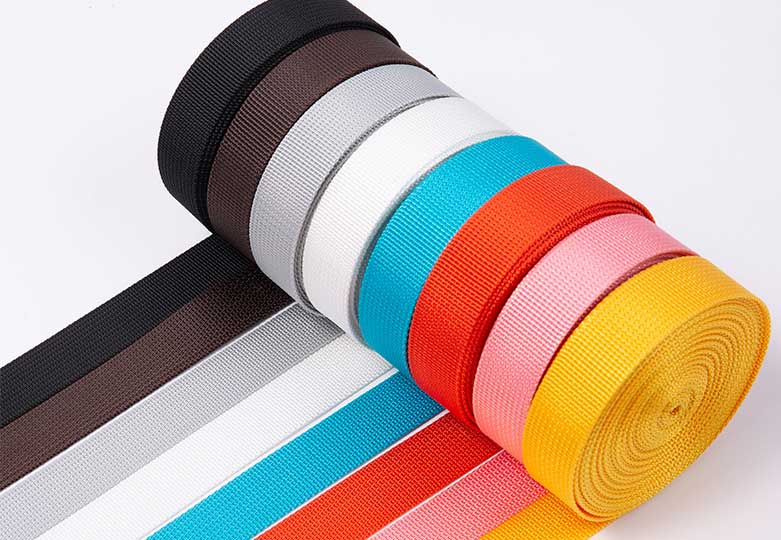Multifilament Yarns
(2023年07月18日)https://www.yushengmax.com/products/multifilament-yarns/
polyester multifilament yarn are yarns that have multiple filament fibers that can be treated to twist together. Multifilament of any kind will use a spinneret with many small holes, unlike the single-holed monofilament spinneret. The drawing out process draws all of the extruded filaments.
YUSHENG offers wide range of nylon multifilament yarn that is made of polypropylene and are widely used in the manufacturing of fabrics. At normal temperature this yarn gives excellent resistance to alkali's and acids.
Types of Multifilament Yarns
PP FDY Yarn
Polypropylene Yarn (PP Yarn) is a lightweight yarn. Like polyester yarns, it can be manufactured into POY, FDT, and DTY. They can be created in a variety of colors by incorporating masterbatches into the extrusion process.
Twisted Yarns
Twisted yarn, also known as double yarn, has two or more strands twisted together to create one piece of thread.
Aramid Yarn
Aramid is short for "aromatic amide". Aramid Yarn refers to the reinforced fiber in light weight with the tensile strength five times stronger than the iron of same weight with high heat res...
PE (High Molecular) Ice Cooled Yarn
Ice Cooled Yarn is a new material of modified polyethylene, which is a new type of super cold yarn. In hot summer, people pursue a cool and lasting comfort experience. Ice - cold yarns can not only ac...
What Are pp multifilament yarn Used For?
Multifilament yarns has a most wide usage.
For example used to manufacture Geo Textile Fabrics; used to manufacture Filter Fabrics; Used as sewing thread. Used In Woven Sacks, Webbings and Tapes, Sofa Sets, Safety Belts, Braids, Ropes, Tennis Rackets, and so on.
What is the Difference Between Multifilament Yarns and Spun Yarns?
The properties of a yarn are not only dependent on the base material of a yarn, or its yarn count. The properties of a yarn are also determined by the production process used to turn the base polymer or natural material into the final yarn. There are three main types of yarn: monofilament yarn, multifilament yarn, and spun yarns. These are differentiated by the arrangement of the fibres in the yarn.
Spun yarns are made up of short staple fibres with lengths measured in centimetres, while filament yarns are kilometre-long. As artificial yarns are either pulled from a chemical solution or extruded from polymer chips in continuous processes, the filaments produced are too long for spinning. These filaments are broken using a variety of methods including cutting and stretching.
One of the most distinct characteristics of a spun yarn is its 'hairiness', while filament yarns do not have. In addition to this, spun yarns are softer to the touch and much less lustrous than filament yarns. Spun yarns have a lower tensile strength than their filament alternatives.
If you need any kinds of bead wire, please contact us, as a professional rubber raw material manufacturer, YuSheng is willing to offer you high quality products.
- このできごとのURL:



コメント